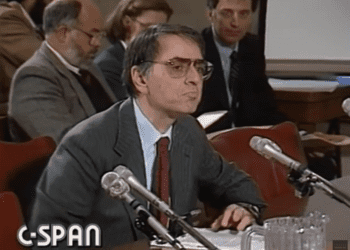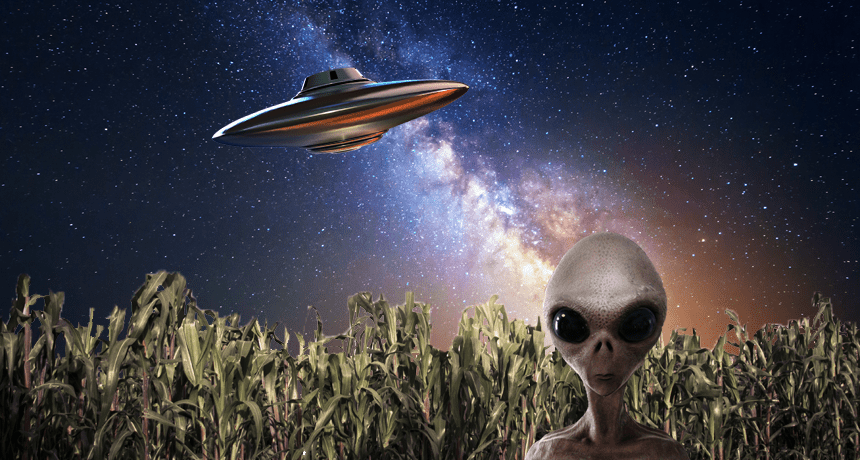
Do you remember Carl Sagan’s Voyager Golden Records? When the now iconic first Voyager spacecraft launched in 1977, a series of phonograph records containing 116 sounds and images selected to portray the diversity of life and culture on Earth were also attached onboard. These were inserted with the idea in mind that some alien race or possibly even an other human civilization that lost its roots might find it and explore the planet Earth of that time. Currently, Voyager-1 is slated to become the first man-made object to leave our solar system.
Most likely drawing inspiration from Sagan’s work, a recent project called Last Pictures seeks to put a time capsule in Earth’s orbit, harboring exactly 100 images that represent the human race. The idea is that billion of years from now the human race would cease to exist, at least in the current form, and thus such a time capsule would offer the possibility to an alien explorer to browse through the lives of what was once the dominant species on planet Earth.

Two huge problems surfaced for Trevor Paglen and colleagues. First of all, the logistics are difficult to come by, especially for an unfunded project such as this. The photos would have to last for millions of years, after of course they wind up in space…somehow. Secondly, how to choose the perfect 100 images that portray our race?
“Any group of people would come up with 100 totally different images, but that is part of the fun. It’s an impossible project. Part of it was to engage peoples’ imaginations,” says artist Trevor Paglen,
Eventually, the team whittled down the image selection from 100,000, then to 10,000 and lastly to 100. These were then arranged in a tiny 10-by-10 nanogrid, etched on a single silicon disk. This highly important part of the project was undertook by MIT scientists, Brian Wardle, associate professor at MIT’s Department of Aeronautics and Astronautics and director of the Nano-Engineered Composite aerospace Structures (NECST) Consortium, and his colleague Professor Karl Berggren, a quantum nano-structures expert. Their greatest challenge was to make the nano-etched disk stand the test of time.

Diffusion causes molecules to move away over the course of time, which is why very old photographs look pale, lose their sharpness and so on. The scientists surpassed this problem, and made the time capsule diffusion free for millions of years ahead.
“By using a single material, Silicon, and etching physical features in that material, the Artifact will maximally resist diffusion. Usually the ‘sands of time’ erase writings through erosion, but in this case we used sand/Silicon against time to resist its effect,” says Wardle.
The last and final challenge of the project was getting the time capsule in orbit. After many failed attempts, they eventually managed to convince EchoStar Corporation, a Colorado-based telecommunications company responsible for maintaining Dish Network’s satellite fleet, to let them hitch a ride. So, on November 20th the Last Pictures time capsule will be launched into orbit, attached to the 6,600 kilograms EchoStar XVI. The host satellite will only broadcast signal and orbit Earth for 15 years. In 2027, at the end of its mission, the satellite is scheduled to retire in a safe orbit, just beyond the Clarke Belt. Hopefully space junk or meteorites won’t impact the satellite, despite over the course of millions of years this becomes a rather sound possibility.
Like the project founders themselves admit, this is a highly subjective list of images. Anyone else in the world would each pick a set of different images, still I get the felling this is more of an artsy project than an actually practical time capsule. See more images on Wired, and comment below this post with your opinion.






